I met Martin about thirty years ago in the Ashaninka community of Pampa Michi in the Peruvian high jungle of Chanchamayo. Since then, I have made numerous visits to the community, the last being about two months ago. I heard that he had not been well, having suffered from a stroke.

On arriving at Pampa Michi, I could see that he was recuperating and in great spirits.The stroke had left him with a paralysed arm, but he was still, as always, full of fun and laughter. We spent a few hours hours chatting about past times and how we have both aged in the process. We are both about the same age. However, Martin admitted that he was not really sure of his exact age, as his father had not immediately registered his birth.

When eventually registering the birth, his father gave the authorities his son’s Ashaninka name. The clerk felt that this was a bit complicated and suggested other more familiar names. So Wanzhipako (which means, “man of the earth”) became Martin which was much simpler.

Sadly, Martin’s dear wife,Victoria, died a few years ago.

He now lives with one of his daughters, Eliana, along with one of his sons, Boris. He has lived in the community all his life. In all, he has eleven children, one lives in Belgium, two in Lima and the others have remained in Pampa Michi.


I never thought, when I first met Martin that we would end up seeing each other year after year.
It all started when I decided to design a unit of inquiry for the 5th Grade students in the International School where I worked in Lima. The idea was for students to learn about the three principal regions of Peru, the coastal desert, and sierra highland and last of all, the jungle.
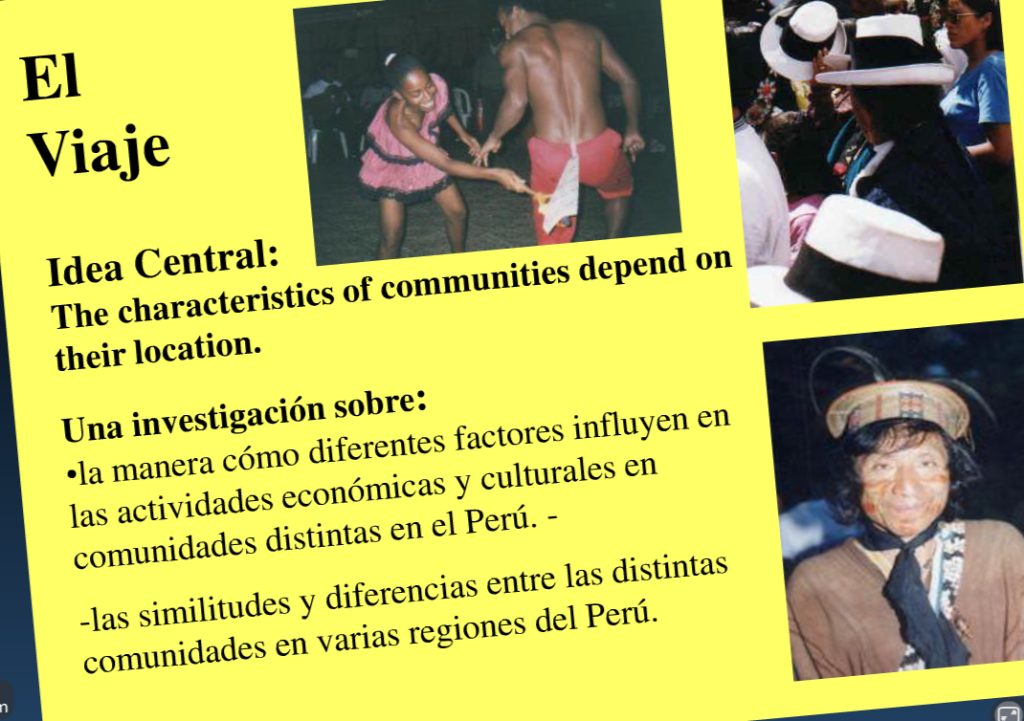
We would choose one town from each region, each of a similar size. A third of our 5th Graders would go to each of the three locations and then study the similarities and differences between the towns. On returning to Lima, they would exchange ideas and learn from each other about what they had found out. The towns chosen were as follows:
- Coastal desert – Chincha
- Sierra – Tarma
- Jungle – La Merced -: in the district of Chanchamayo

This was the simple part. Now I would need to find the contacts, people, lodgings, transport in each town to create for the students similar, but different activities in each region.

And so I set off from Lima driving to each of these three destinations, not really knowing what I was doing nor what I would find at each destination.
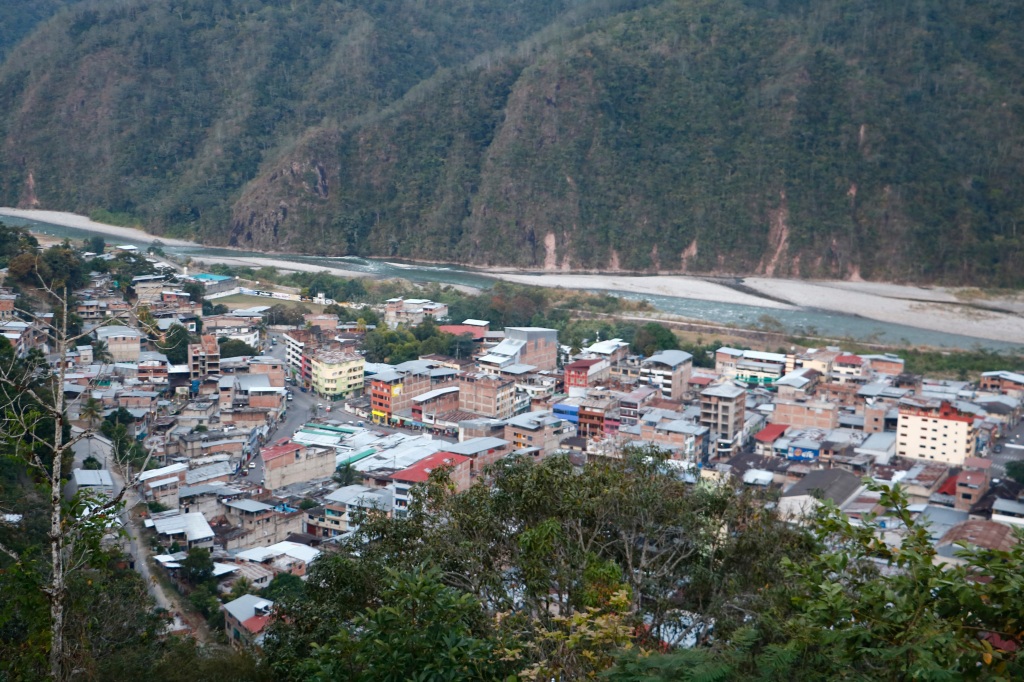
Near the jungle town of La Merced, I found a rustic-styled hotel with large grounds including a waterfall.
It had been designed in the traditional style of the Ashaninkas and had been built by people from a nearby Ashaninka community.

Rocio, the owner of the hotel was extremely helpful. As well as giving me introductions to the Mayor, and contact with people in the coffee and agricultural industries, she presented me to Martin. Martin was a prominent member of the nearby Ashaninka community of Pampa Michi. It was there in his village that we first met, so many years ago.
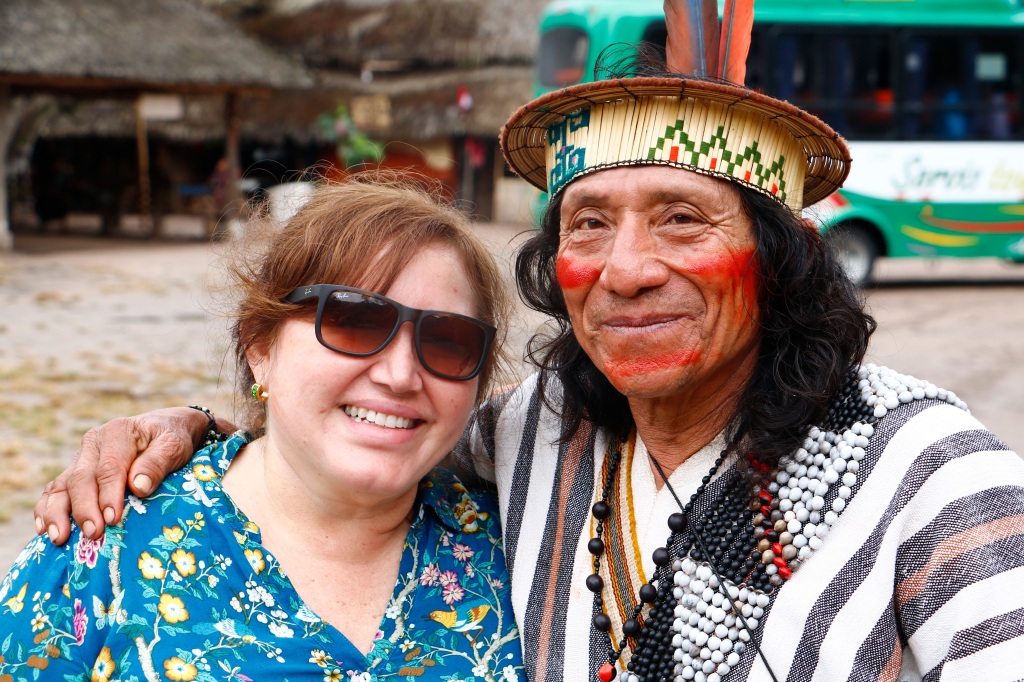
On arriving at the community I explained my plans to Martin. The idea would be that he could explain about the customs of his people, and the way their traditional way of life has now become fused with modern day living.
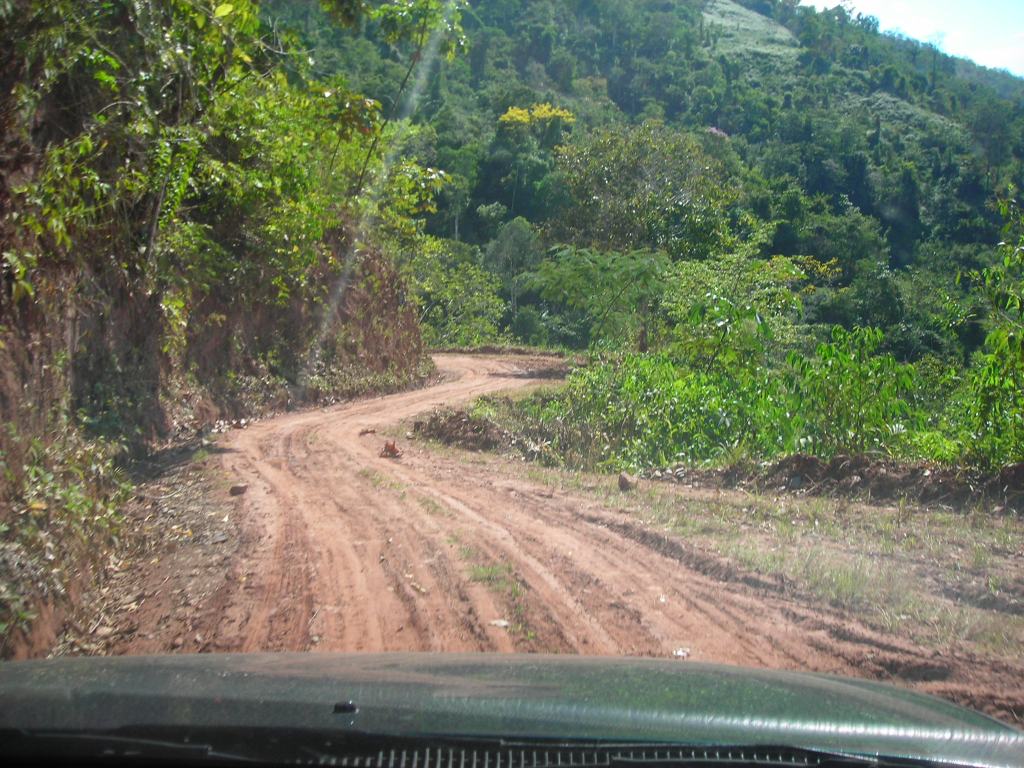
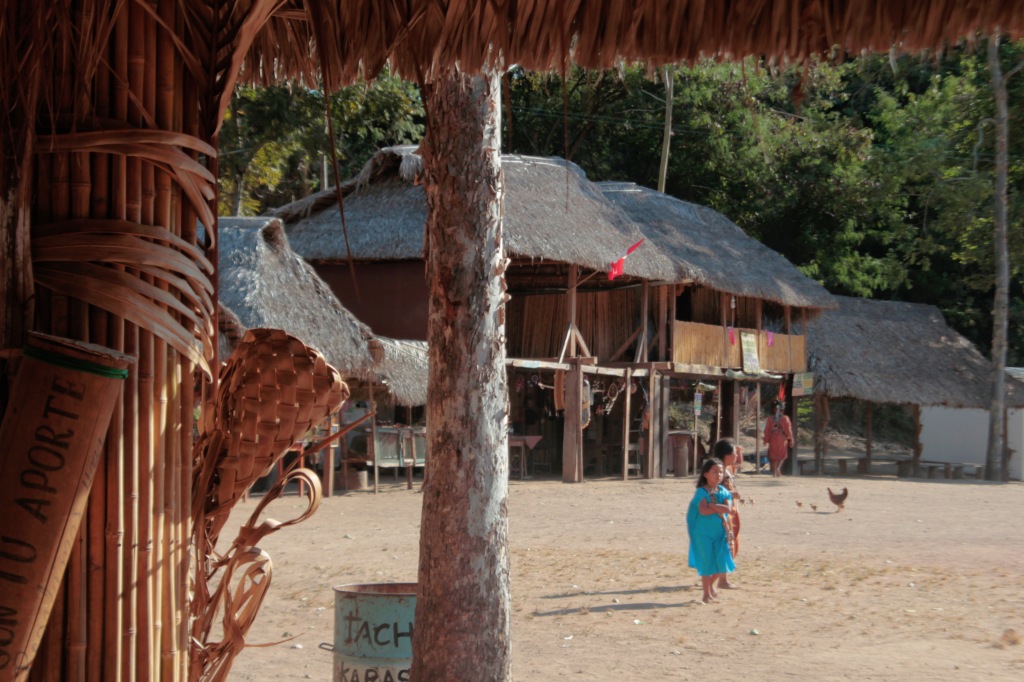
He agreed to help and so the trips to the Three Regions started. We would meet with the students outside his house. While talking about connections to the modern world, he would always show his pride for the traditions of his people. He would tell us about how the houses were made, about growing local produce and his general way of life, He would talk about the history of the Ashaninkas, and how life has changed for his community over the years,

The “Three Regions Trip” became a regular fixture on the school calendar and every year our visits to the high jungle became more elaborate. A number of people became involved, We also had help from the neighbouring Ashaninka community of Marankiari. Members of these communities gave the students preliminary lessons in the Ashaninka language.
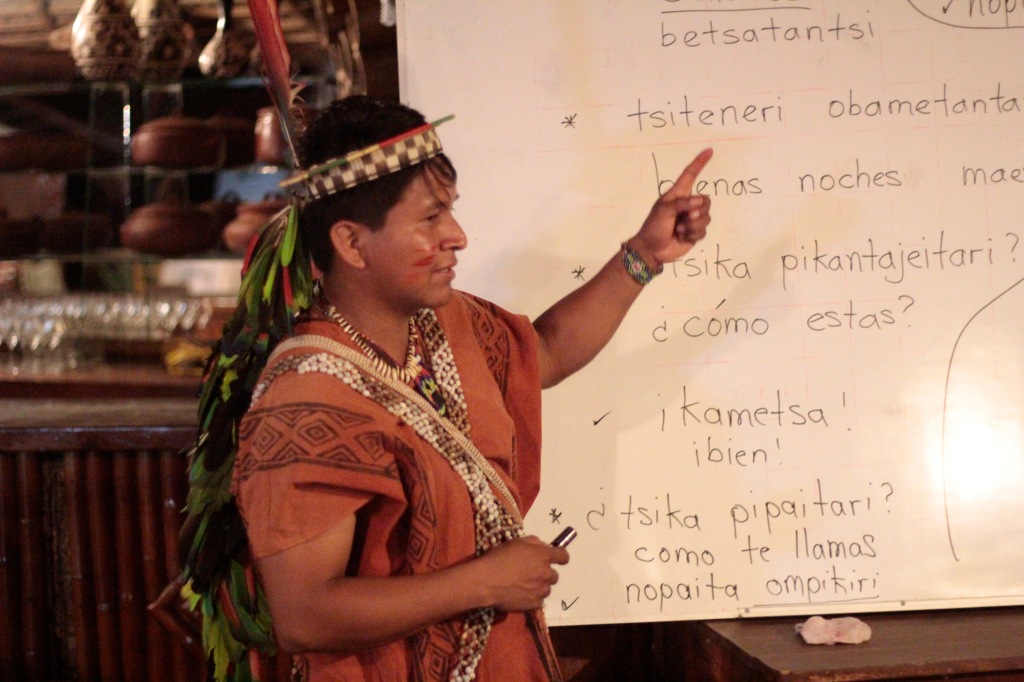
Students had classes on how to make artisanal goods,

They also paired with the children from the villages to produce shared works of Art.

And there was also time for football and Volleyball matches!

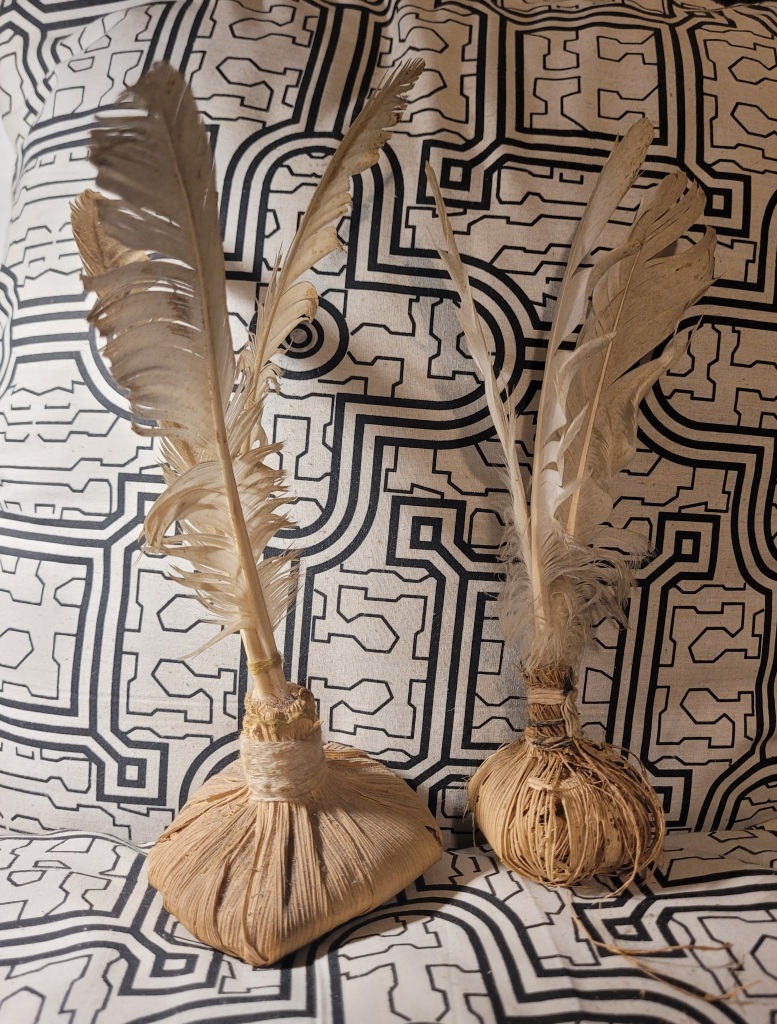
And yes…..inevitably, the local children did bring out their bows and arrows for a bit of fun.

In the evening there was always a bonfire where the students would hear folk tales of such spirits as “El Tunche” and “El Pishtaco”, very entertaining, but a bit scary. If you see a friend beckoning you into the jungle and you see that he is limping ……… it might not be your friend but the ……agghgghg…….beware!!!
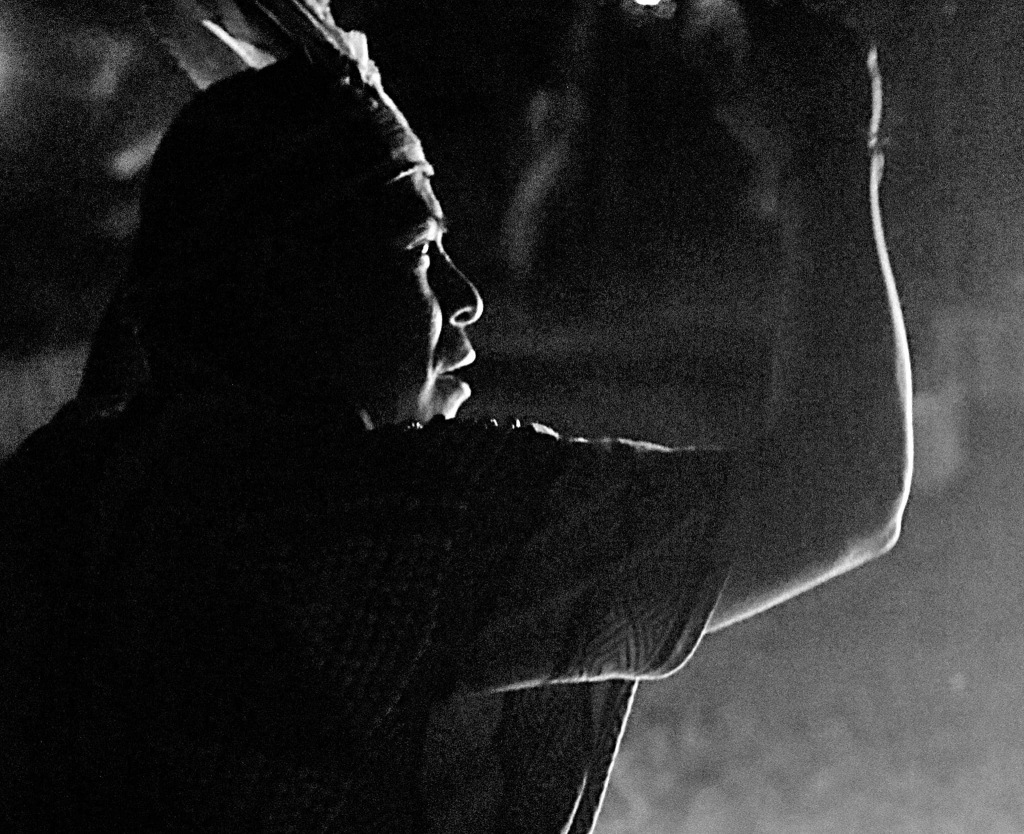
In the early days, nor the local authorities, nor the Ashaninka communities had developed or exploited the potential for tourism in the area, despite its great beauty and local traditions. The region has dense high jungle and slow running rivers which wind their way to the Amazon.
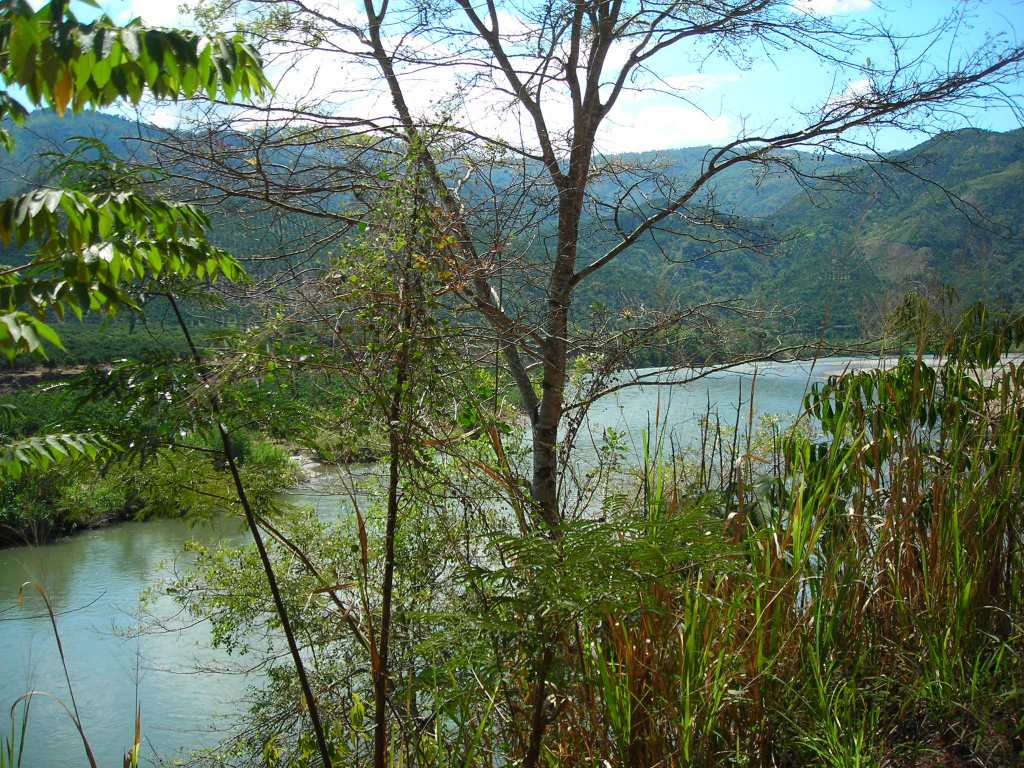
There are numerous, breathtaking waterfalls and of course, the local indigenous communites with their traditions.

As I have mentioned, in our first visits to Pampa Michi, we simply congregated outside of Martin’s house. This began to change over the years. I could see in my latest visit, just how much tourism was changing the face of these small communities. The central area of Pampa Michi is now totally dedicated to tourism which has become a major source of income for the community.

The main square is now full of kiosks selling native artisanal goods. Boris, Martin’s son started with his stall ten years ago and is doing well. Among his goods he sells a coffee based alcoholic drink, which I decided to buy. This potent drink is called ” LPD (Levanta Pajaro Muerto”) which in English means ” Raising the dead bird”. Bird in Spanish means pajaro, but also refers to a specific part of the masculine body. …. I will leave the drink’s magical powers to your imagination.
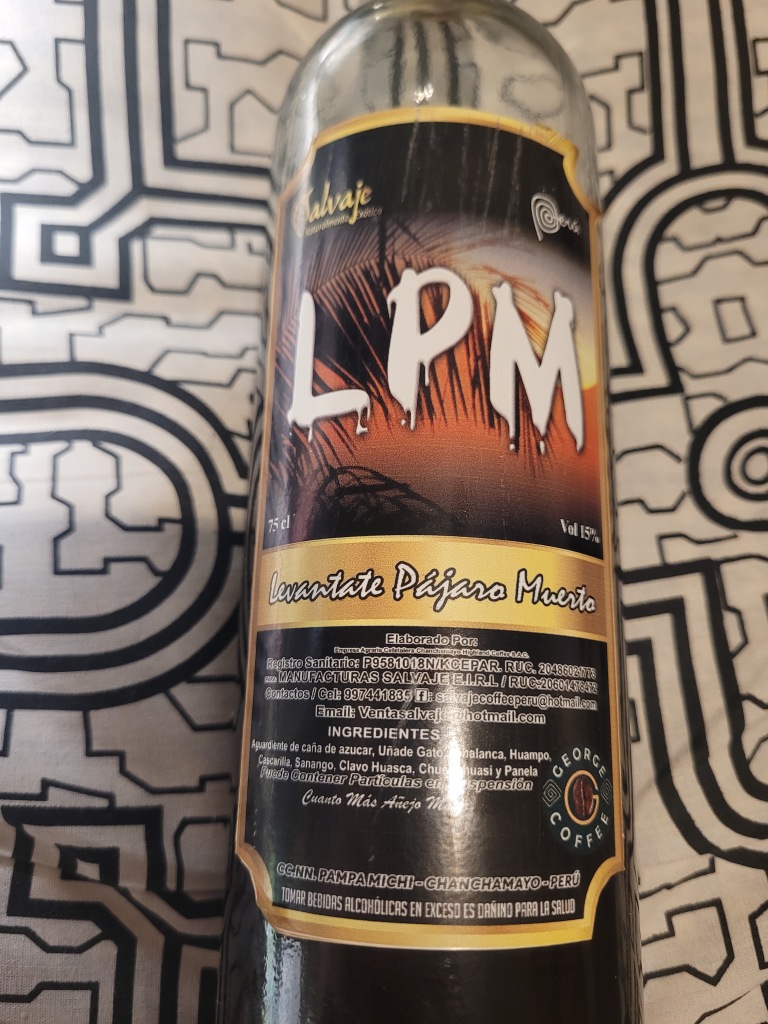
Now, the mini buses of curious visitors arrive regularly to the communities, and they are received with dances and music as well as demonstrations with bows and arrows etc. As Martin said, “They have their perceptions…..and we give them what they want”. In latter years, I would be “married” to one of the local girls on each visit with the students, much to everyone’s amusement, an example of creative ideas to keep tourists smiling.

After more than twenty years, the school tradition of the “Three Regions” came to an end. We never had a serious problem, but Peru is a wild and somewhat unpredictable country. We used to take oxygen on the buses over the mountains as some children would always suffer from “soroche” (mountain sickness) on the journey. The tight hairpin bends meant that we always needed to be ready with a large quantity of plastic bags on the way.

On one trip, strikers tried to let down the tyres of the bus and I had to plead with them until the riot police arrived soon after. On another occasion, we had to hurry our return as it was snowing heavily on the mountains. Not a good place to get stuck.

There was also a time when we simply had to stay an additional day as we received news that our route was blocked by angry, striking, stone-throwing miners. The students were delighted to stay, but for us, these were stressful moments.
However, our students will never forget their adventure, and nor will their teachers. Looking back, they were very enjoyable but stressful days carrying an enormous responsibility.
And here I am again now, with my dear friend, Martin talking about old times. How can I not write about this special moment! Saludos, Martin….nos vemos de nuevo pronto!

Further Related Articles
In this article you will meet Jose Luis, another friend who helped with our “Three Regions Trip”, this time in the Sierra town of Tarma.
This article is about the journey over the mountains to the jungle town of La Merced.
And to include something about all of the three regions, this article is about the fishermen from the coastal town of Pucusana which students visited on their way to Chincha.

Leave a comment